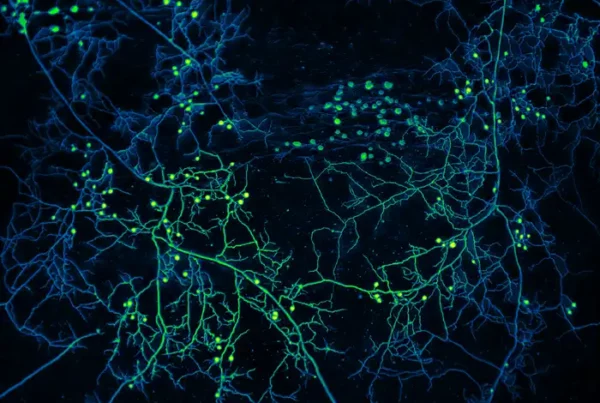The tiny organisms living in soil may have a greater effect on the yield and pest and disease resistance of crop plants grown in that soil than previously known.
Researchers at North Carolina State University and the University of Kansas have shown that soil microbes – microscopic organisms like viruses, bacteria and fungi found throughout nature – play a role in the phenomenon of heterosis or “hybrid vigor,” the superior performance of crossed plant lines, or hybrids, over inbred plant lines. Hybrids are often used by farmers for agricultural production due their superior crop yields.
Research into hybrid vigor has generally highlighted the roles of genetic and abiotic environmental factors behind the phenomenon. So finding that the biotic soil environment impacts heterosis was a bit surprising and serendipitous, the researchers say.
“This work moves us toward a better understanding of what’s driving heterosis,” said Manuel Kleiner, an assistant professor of plant and microbial biology at NC State and a co-corresponding author of a paper describing the research. “Microbes are critical players in causing effects on corn plants – it’s not just temperature and soil type.”
The researchers experimented with two types of inbred corn plants and a hybrid of those two lines in laboratory and field tests in North Carolina and Kansas.
The researchers started by growing hybrid and inbred corn plants in sterile bags; both types of plants grew similarly sized roots and shoots inside the bags. But when the researchers added to the bags a controlled set of microbes known to associate with corn roots in nature, hybrid lines grew more than inbred lines – their roots and shoots weighed more – showing the expected effects of heterosis.
“This seemed to be the result of a negative microbial effect on inbred lines, rather than a helping effect on hybrids,” Kleiner said.
Similar heterosis-enhancing activity of microbes was observed in field tests in North Carolina in which hybrid and inbred lines were grown in untreated plots, plots treated with an antimicrobial chemical, and in plots treated with both the antimicrobial chemical and a method of “cooking” the soil by sending ultra-hot steam into it.
Surprisingly, when a similar experiment was performed in Kansas, the opposite effect was observed – treatments that reduced the microbial populations in the soil caused increased heterosis.
“We can now say that microbes will have effects on heterosis, but we can’t predict the direction of those effects,” Kleiner said.
“We know that microbes are affecting inbreds and hybrids of corn in different ways, but the effects may depend on the environment or on the particular microbes in the soil,” said Peter Balint-Kurti, USDA professor of plant pathology at NC State and a paper co-author.
The researchers plan to continue their work studying the effects of microbes on corn heterosis.
The paper appears in Proceedings of the National Academy of Sciences. The research was supported by the National Science Foundation under awards IOS-2033621and OIA-1656006. Maggie Wagner, an assistant professor of ecology and evolutionary biology at the University of Kansas and a former postdoctoral researcher at NC State, is the lead and co-corresponding author of the paper.
Read the paper: PNAS
Article source: NC State University
Author: Mick Kulikowski
Image credit: Pixabay








